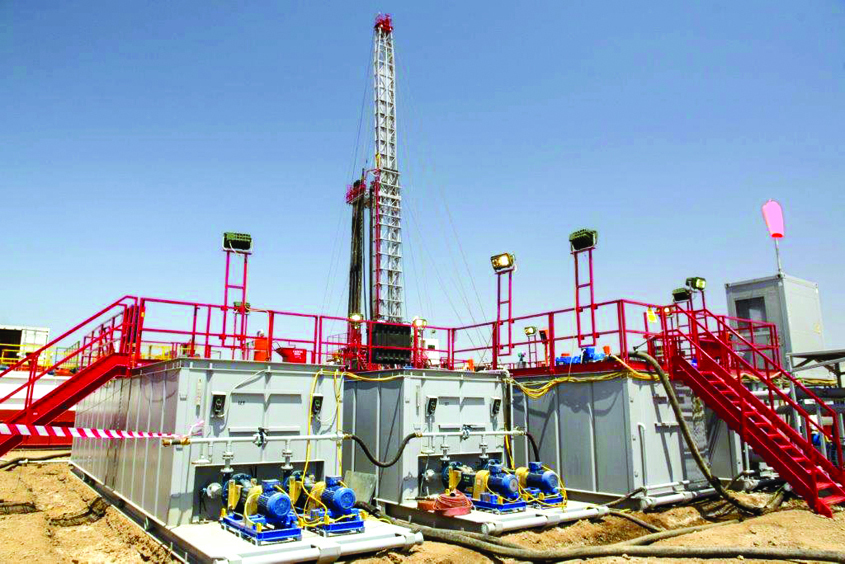East Africa is fast becoming one of the world’s most interesting oil and gas hotspots. Tullow Oil is a UK oil and gas exploration and production company, which has been on investors’ lips since the late 1980s. Today, they focus on finding and monetising oil in Africa. Recently, Tullow, Africa Oil and Maersk Oil have been drilling for and finding oil in the neglected northwest region of Turkana in Kenya. Out of a total land mass of 77,000 square km, Government of Kenya has purportedly licensed 66,000 square km (86%) for oil exploration. The oil producers want to buy the land from the current lessor, but have not yet made a good enough offer. Additionally, the Turkana communities need to be involved in land negotiations as a stakeholder. A reliable share of the revenue would bring basic services, jobs and prosperity to a marginalised region; some locals may be uneducated but they know the value of the arid land where about one billion barrels of crude oil are buried. According to Kenya’s disappointing Devolution programme (which was ineffectually planned and has allegedly devolved corruption), the Turkana government would need to be involved in any change in land agreements, but first the new arrangements would have to be gazetted and formally devolved to the county level. Kenyan President Uhuru Kenyatta just signed the Community Land Bill into law. This lays out the steps for communities to acquire titles to their ancestral land. Previously, two-thirds of Kenya’s land has been owned by communities without any formal title deeds, making it easy for corrupt individuals to sell or lease the land without the communities’ knowledge.
Questions have been raised over next year’s planned production from the Turkana oil fields, which is expected to cause initial losses of KSh3 billion due to the low price of oil worldwide. Today oil is circa $50 per barrel and the cost of Turkana production is $75 per barrel, plus another $20 per barrel for transport to the coast. The plan envisages production at 2,000 barrels per day, rising to 4,000 bpd when the transport system has been proved. From March 2017, the crude oil will be taken by road all the way to Mombasa in 25,000-litre tankers. Citizens from Nairobi to Mombasa are concerned this will further block the busy Mombasa road. The discovery of oil has accelerated massive-scale infrastructural development concepts, like LAPSSET (the Lamu Port-South Sudan-Ethiopia Transport corridor) as proposed by Government of Kenya in its development plan, Vision 2030. At a cost estimated at $26 billion, LAPSSET aims to include a highway, railway line, an international airport, a dam, a resort city, an oil refinery and the all-important oil pipeline that links Kenya, South Sudan, Ethiopia and Uganda to a new seaport and oil terminal on Lamu Island in the Indian Ocean.
Providing political leaders in Kenya can secure support from the local communities and security risks before the 2017 general election can be managed. It looks like the East African oil and gas market will attract tens of billions of dollars of investment over the coming decade.

